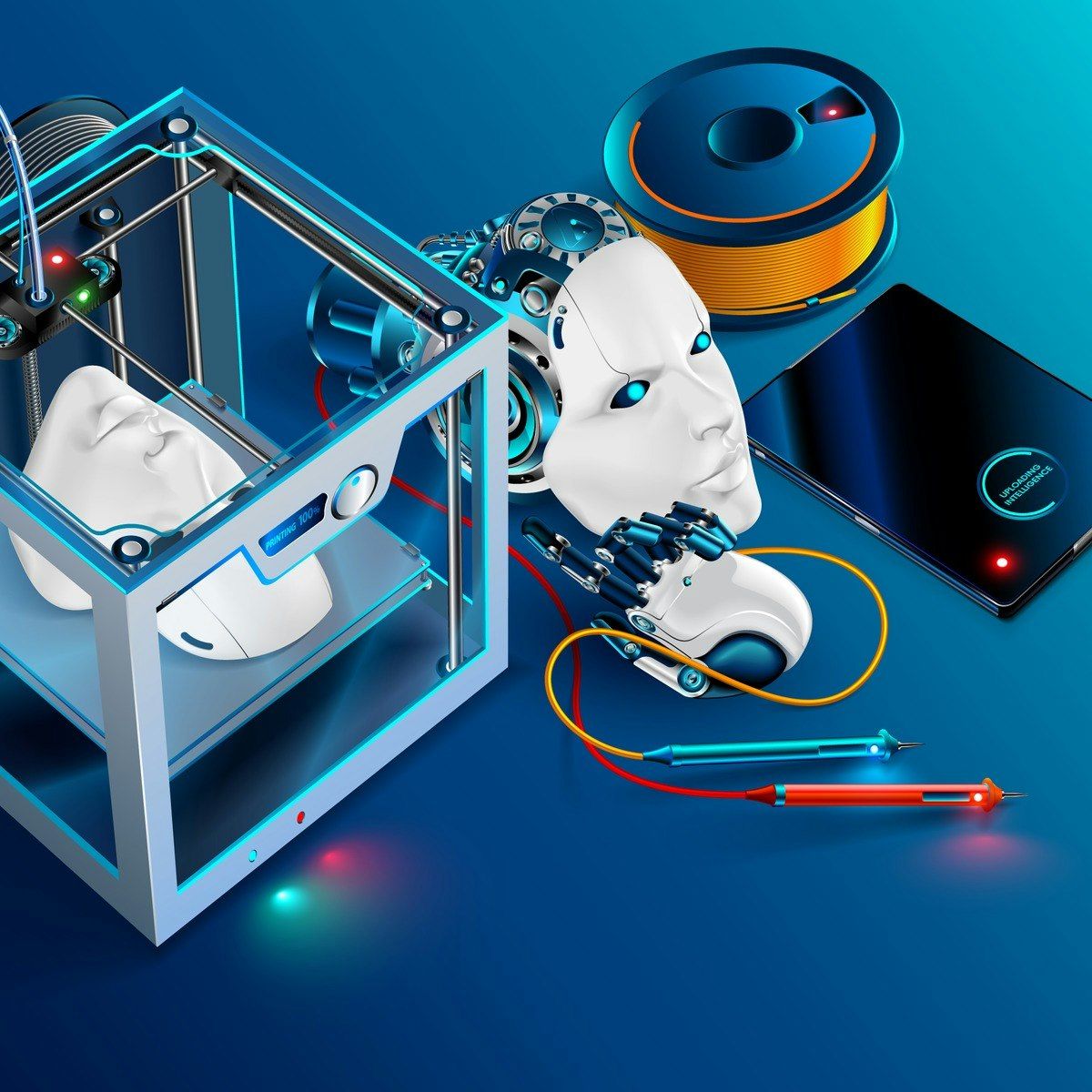
Welcome to “Introduction to 3D Printing Technology Deep Dive!” In this short course, you will learn about the working principles, applications, and limitations of various 3D printing technologies. After the course, you will be familiar with how to choose the right 3D printing technology to create proper prototypes.
What's inside
Syllabus
Course Introduction
Welcome to “Introduction to 3D Printing Technology Deep Dive!” In this short course, you will learn about the working principles, applications, and limitations of various 3D printing technologies. After the course, you will be familiar with how to choose the right 3D printing technology to create proper prototypes.
Read more
Syllabus
Good to know
Save this course
Activities
Mentor Junior Students in a 3D Printing Club or Course
Show steps
Mentoring junior students will not only help them develop their 3D printing skills but also reinforce your own understanding of the subject matter.
Show steps
-
Join or start a 3D printing club or course
-
Identify junior students who are interested in learning about 3D printing
-
Provide guidance and support to the junior students as they learn about 3D printing
Create a Presentation on a Specific 3D Printing Technology
Show steps
Creating a presentation on a specific 3D printing technology will require you to research and synthesize information, which will solidify your understanding of the technology's capabilities and limitations.
Show steps
-
Choose a specific 3D printing technology to focus on
-
Research the technology's history, applications, and advantages and disadvantages
-
Create a presentation that outlines your findings
Design and Print a 3D Model of a Functional Object
Show steps
Designing and printing a 3D model of a functional object will allow you to apply your knowledge of 3D printing to a practical project, reinforcing your understanding of the design and printing process.
Show steps
-
Identify a need or problem that can be solved with a 3D printed object
-
Design a 3D model of the object using a 3D modeling software program
-
Print the object using a 3D printer
-
Test the object to ensure that it meets your needs
One other activity
Expand to see all activities and additional details
Show all four activities
Contribute to an Open-Source 3D Printing Project
Show steps
Contributing to an open-source 3D printing project will allow you to collaborate with others and learn from their experiences, deepening your understanding of the 3D printing ecosystem.
Show steps
-
Find an open-source 3D printing project that you are interested in
-
Contact the project maintainers and express your interest in contributing
-
Work with the maintainers to identify a task that you can contribute to
Mentor Junior Students in a 3D Printing Club or Course
Show steps
Mentoring junior students will not only help them develop their 3D printing skills but also reinforce your own understanding of the subject matter.
Show steps
- Join or start a 3D printing club or course
- Identify junior students who are interested in learning about 3D printing
- Provide guidance and support to the junior students as they learn about 3D printing
Create a Presentation on a Specific 3D Printing Technology
Show steps
Creating a presentation on a specific 3D printing technology will require you to research and synthesize information, which will solidify your understanding of the technology's capabilities and limitations.
Show steps
- Choose a specific 3D printing technology to focus on
- Research the technology's history, applications, and advantages and disadvantages
- Create a presentation that outlines your findings
Design and Print a 3D Model of a Functional Object
Show steps
Designing and printing a 3D model of a functional object will allow you to apply your knowledge of 3D printing to a practical project, reinforcing your understanding of the design and printing process.
Show steps
- Identify a need or problem that can be solved with a 3D printed object
- Design a 3D model of the object using a 3D modeling software program
- Print the object using a 3D printer
- Test the object to ensure that it meets your needs
Contribute to an Open-Source 3D Printing Project
Show steps
Contributing to an open-source 3D printing project will allow you to collaborate with others and learn from their experiences, deepening your understanding of the 3D printing ecosystem.
Show steps
- Find an open-source 3D printing project that you are interested in
- Contact the project maintainers and express your interest in contributing
- Work with the maintainers to identify a task that you can contribute to
Career center
Mechanical Design Engineer
Product Design Engineer
Manufacturing Engineer
Quality Assurance Engineer
Materials Scientist
Process Engineer
Ceramic Engineer
Automotive Engineer
Electrical Engineer
Chemical Engineer
Biomedical Engineer
Civil Engineer
Aerospace Engineer
Mechanical Engineer
Industrial Engineer
Reading list
Share
Similar courses
OpenCourser helps millions of learners each year. People visit us to learn workspace skills, ace their exams, and nurture their curiosity.
Our extensive catalog contains over 50,000 courses and twice as many books. Browse by search, by topic, or even by career interests. We'll match you to the right resources quickly.
Find this site helpful? Tell a friend about us.
We're supported by our community of learners. When you purchase or subscribe to courses and programs or purchase books, we may earn a commission from our partners.
Your purchases help us maintain our catalog and keep our servers humming without ads.
Thank you for supporting OpenCourser.



